Name(English): Stanley Military Cemetery
Name(Chinese): 赤柱軍人墳場
Category: History and Culture
Address(English): Wong Ma Kok Rd, Stanley
Address(Chinese): 赤柱黃麻角道
Address Google Map Link: https://goo.gl/maps/6CyP7aSoVLb8D2eG6
Address longitude and latitude: 22.213423711039017, 114.21616157526438
Opening Hours:
MON 08:00 – 17:00
TUE 08:00 – 17:00
WED 08:00 – 17:00
THU 08:00 – 17:00
FRI 08:00 – 17:00
SAT 08:00 – 17:00
SUN 08:00 – 17:00
Recommended Time to Visit: Anytime during the opening hours
Accessibility Note: Need to walk upstairs
Reminder: Best way to go to Stanley: Take minibus no. 40 from Causeway Bay Exit F1 or bus no. 6、6A、 6X、66 from Hong Kong Station Exit D bus terminal
In this city of changes, buildings rise and fall, people move in and out but the history still remains in the Stanley Military Cemetery. It is not only a place where moments of reflections upon the past battles take place but also where you can catch glimpses of why Stanley is important to the start of Hong Kong. When you are heading south along Wong Ma Kok Road, the Cross of Sacrifice sticking out on an octagon base would come into view. Led by a flight of steps, you will soon enter the ground of quiet solitude that seeks peace.
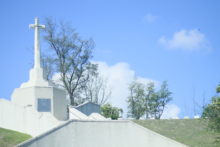
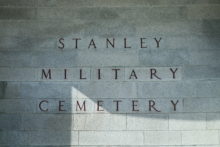
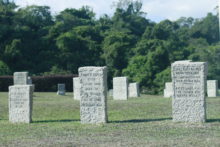
The cemetery was built in 1841, which was earlier than the time when Hong Kong Island was ceded to Britain, to bury members of Hong Kong garrison and their family members throughout the early colonial period. But why did the British choose Stanley as their burial ground? It was all associated with how they wanted to set up base there, the most populated fishing village at the time, where almost one third of the whole population of 7,500 people on Hong Kong Island resided. Most parts of the island were too hilly with little flat lands for the British to develop apart from Stanley, not to mention they needed lots of manpower from the town to support their construction work. Well, you can’t deny the colonial developers were pretty good at picking locations.
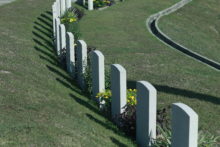
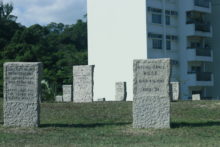

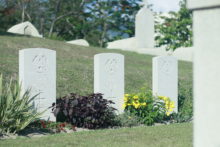
But this colony wasn’t a destination that every British garrison dreamed of going as they had a challenging time settling in the village. During the days where no airplanes existed, they faced a dangerous and long journey crossing the oceans on boats for at least 6 months, and life did not get easier after they arrived. The hot humid weather and mosquitoes were the two torturing things they couldn’t stand, which even led to deaths due to the heat illnesses and malaria. “Why don’t you go to Hong Kong” was indeed an insulting phrase they used to tell how horrible the living conditions were – maybe that’s the reason why many burials in the cemetery dated in 1840s were barely in their 20s.
Misunderstandings did happen between two cultures, which made the British lay the blame on the locals for spreading the diseases, and want to keep distance from them(!). They later earmarked Central as their base and transformed it into an administrative zone where most of the colonial heritage clustered (See St. John Cathedral & Former French Missionary Building). But how did they find the northern part of the island? Led by a villager named “Kwun” (群) from the Tanka community, an ethnic group surviving by the water in the past, the British managed to explore along the southern coast that included Repulse Bay, Deepwater Bay, and Pokfulam where they climbed the uphill to reach the nowadays Central. The routes were even marked by granite steles, which you can still find one of the originals around Tai Tam Reservoir.
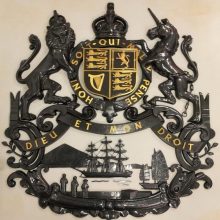
Ever wondered how Hong Kong was named? Simple enough – when the Tankas were asked what the place was called, they said “Hong Kong” in a Tanka accent and the British named the Island as it was ever after. The story of this “tour” serves to mark the most crucial time of the city establishment and its drawing has been an iconic symbol of the colonial period, being applied onto various official badges.
#stanley #cemetery #stanleycemetery #discoverhongkong #explorehongkong #visithongkong #hongkongtravel #ilovehongkong #hkhistory #hongkonghistory #hongkongstory #heritage #hongkongheritage #culturetrip #hongkongculture


